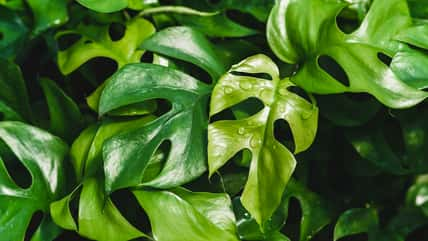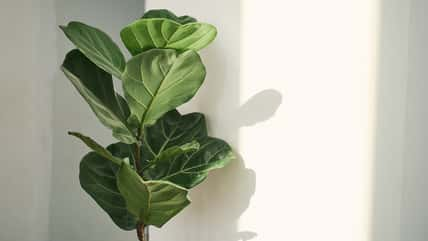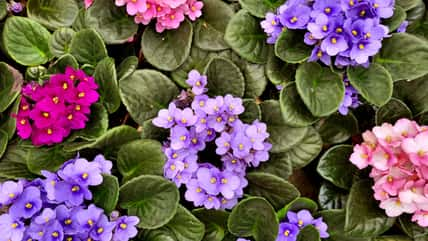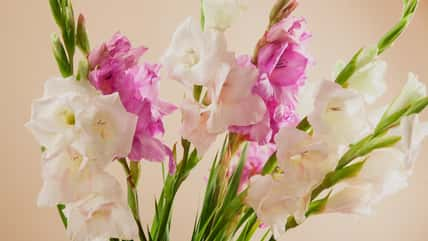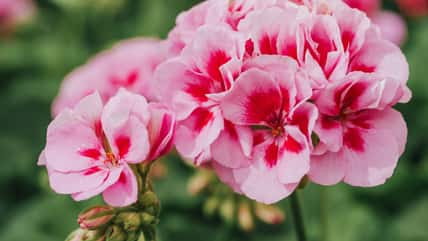Pretty In Pink: How You Can Care For A Pink Princess Philodendron

The pink princess philodendron is a beauty that’s wanted by plant enthusiasts everywhere. It’s native to Columbia, featuring a stunning mix of deep green heart-shaped leaves splashed with pink variegation, and can be hard to get your hands on.
That’s because a large portion of pink princess philodendron batches, or anywhere from 25% to 33%, don’t actually end up showing any pink coloring.
Growers have a tougher time selling these pink-lacking plants, meaning prices are upped on the pink princess philodendrons sporting the rosy hue.
For instance, a wholesale plant in a 2-inch planter costs an average of $3. A pink princess philodendron of the same size may run you about $35! Plus, if a grower waits until it’s larger to sell, the price tag can soar to around $100.
Its rarity, coupled with its beauty, is what makes this plant so coveted. And once you’re finally able to get one, you’ll want to ensure you care for it correctly. Here’s everything you need to know to help your pink princess philodendron thrive.
How To Care For The Pink Princess Philodendron
Thankfully, the most stressful part about this plant is getting in it in the first place. Once it’s in your possession, the pink princess philodendron is relatively easy to maintain.
When it comes to light, you’ll want to place your new plant in a bright spot that receives several hours of indirect sunlight each day.
If grown indoors, it can also stand to receive a few hours of direct sunlight, which may increase its beautiful variegation.
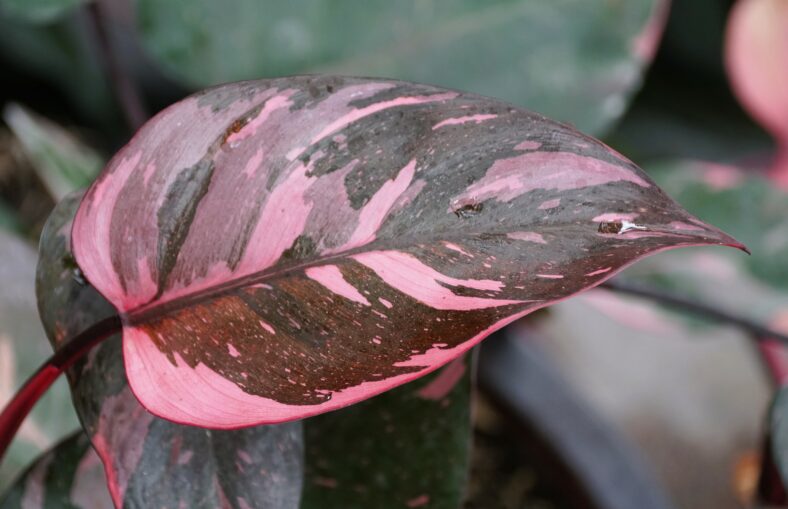
Sign up for Chip Chick’s newsletter and get stories like this delivered to your inbox.
It’s important to note that, without enough sunlight, the pink princess philodendron will lose its pink hue and revert back to its green coloring.
As for soil, this plant prefers well-draining, airy soil that has a high volume of organic matter. You can craft your soil mixture as follows: one part standard potting soil, one part orchid bark, and one part perlite.
Additionally, pink princess philodendrons should never sit in waterlogged soil since they’re susceptible to root rot. The top half of the soil should always be allowed to dry out before you water the plant thoroughly again.
During the spring and summer, aim to water your plant about once a week. Then, in the fall and winter, you can spread watering out to every one to two weeks.
Keep in mind that, given its tropical nature, the pink princess philodendron thrives in humid and warm environments.
Nonetheless, this plant is hardy and can adapt to typical household humidity levels and temperatures. Just avoid letting temperatures dip below 60 degrees Fahrenheit.
Last but not least, you should look out for common pests and diseases that can affect the pink princess philodendron. Diseases like rust spots are caused by a fungal infection; meanwhile, root rot is a result of over-watering.
Pests may include aphids, mealybugs, and spider mites. In these instances, you can spray insecticidal soap or neem oil on your plant.
More About:Gardening
